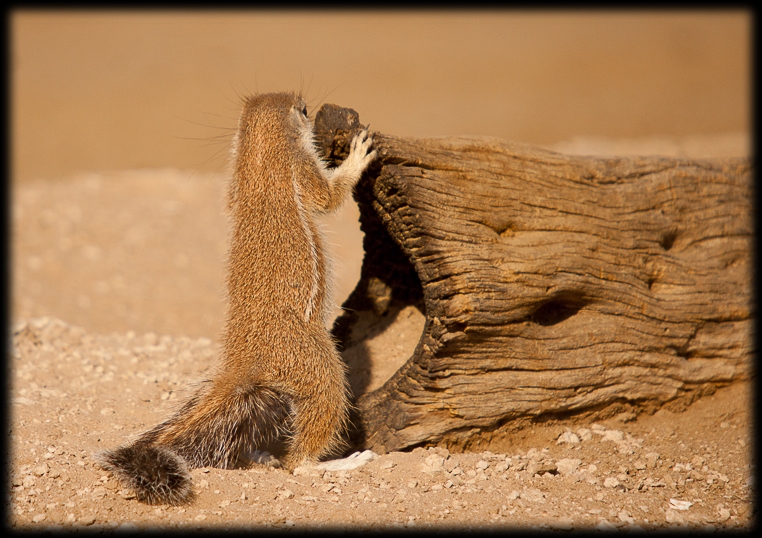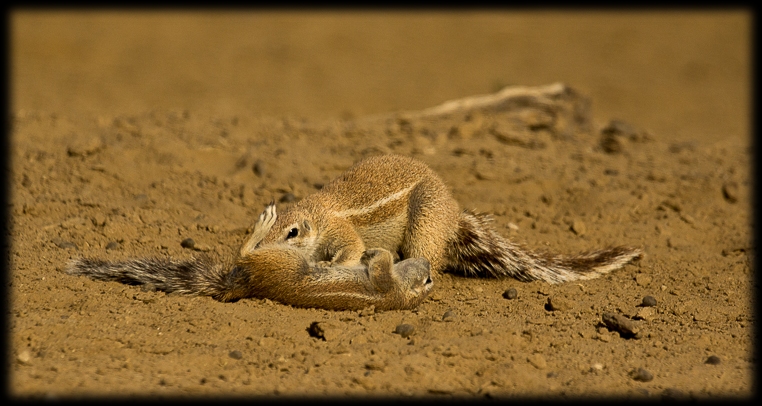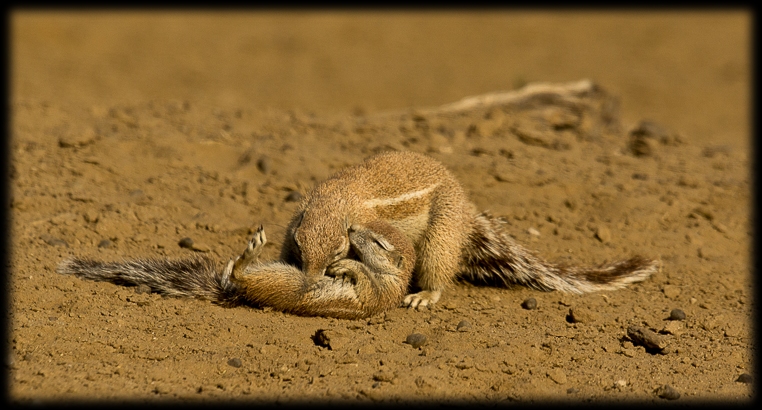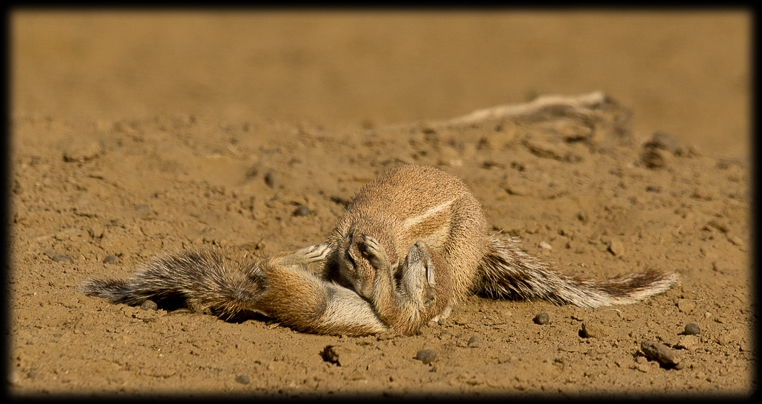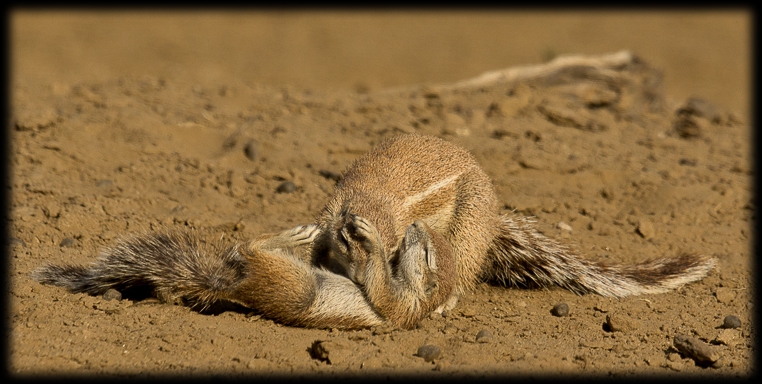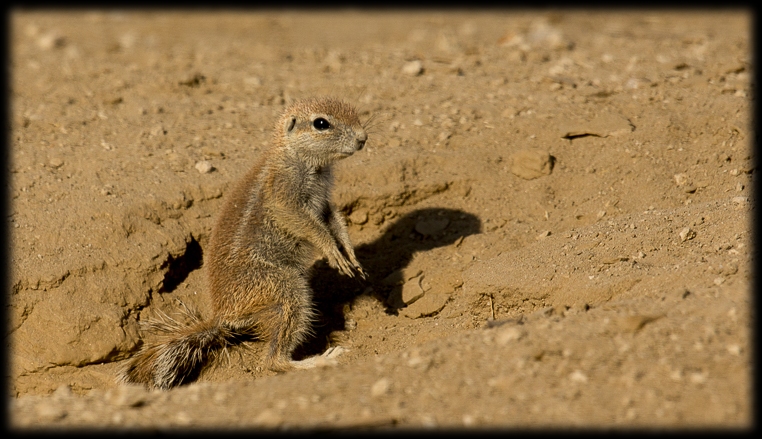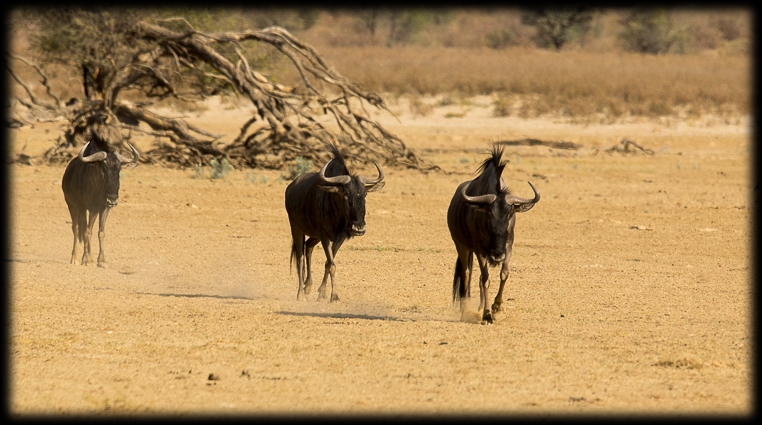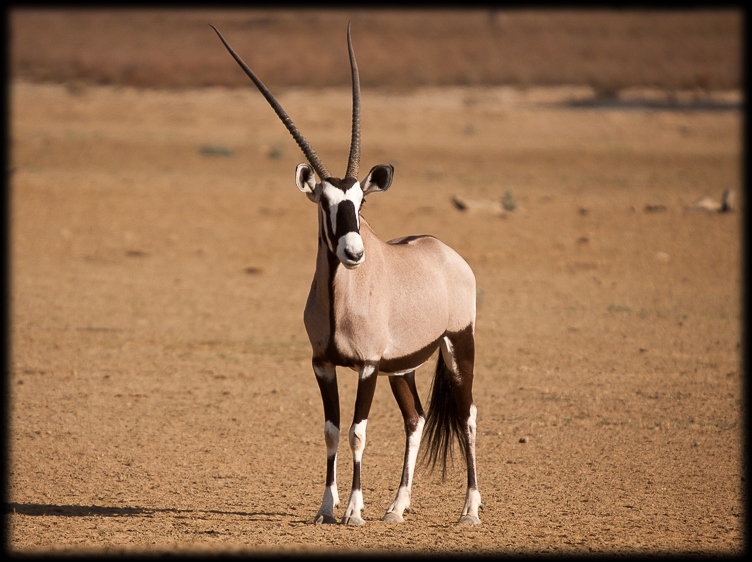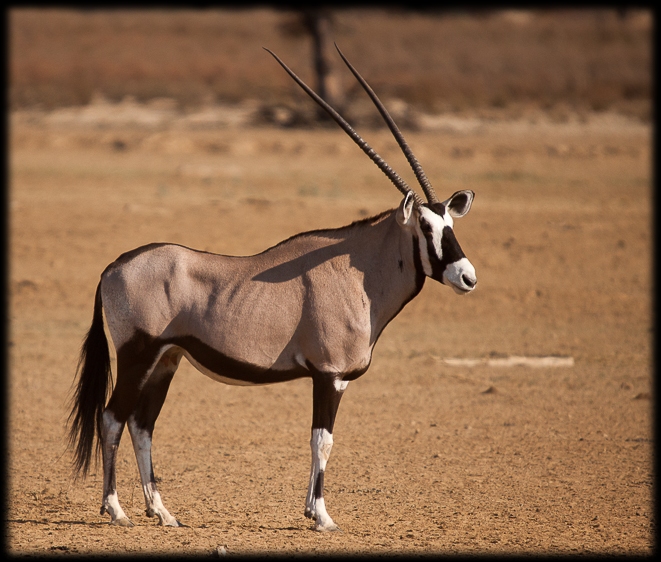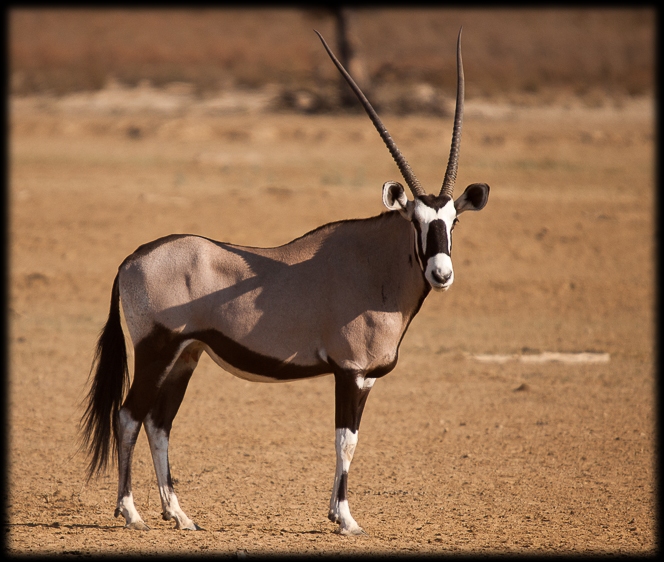Page 5 of 27
Re: Extended KTP Trip oct 2013
Posted: Mon Mar 24, 2014 9:39 am
by Bushcraft
Re: Extended KTP Trip oct 2013
Posted: Mon Mar 24, 2014 11:34 am
by mouseinthehouse
Terrific amount of info with lots of good tips for our upcoming trip.

Great photos including the mice. I really love all the small critters as much as the big ones and we don't see enough photo's of them so kudos to you both for those delightful pics.

Re: Extended KTP Trip oct 2013
Posted: Tue Mar 25, 2014 6:49 am
by Kesheshe
Glad you guys are enjoying this.
Day 6 - 8th October 9Continued)
It was still relatively early morning as we left Cubitje Quap to head north. As we had spend quite a bit of time there the majority of the traffic was ahead of us by quite some time. We continued to drive slowly and this was our next sighting:
Bat Eared Fox
A bat-eared fox family has several den holes in its territory, each with many entrances, tunnels, and chambers. The foxes' claws are made for digging, and they can create their own burrow or enlarge an empty one made by another animal. They are even known to use old termite mounds as dens. The den is a protected area where the group sleeps and also where the females give birth. Animals that prey on bat-eared foxes include eagles, jackals, and hyenas.
When it comes to taking care of its youngest members, a bat-eared fox clan is a lesson in teamwork. The mother gives birth to up to six babies, called kits. About the size of domestic kittens, fox kits look a lot like Chihuahua pups but with much larger ears! The pups start to emerge from the den when 8 to 12 days old. Often, one or two of the smaller kits die in the first three weeks. The mother fox nurses her kits for 10 to 15 weeks, but unlike other canids, she rarely regurgitates solid food for them, as it would have a lot of hard insect parts that the kits could not digest. The father often brings food to the pups or watches them while the mother forages for her own food. He teaches his offspring how to forage and plays and grooms them, too. The young are fully grown by the time they're 6 months old, and females can reach their first breeding period at 18 months.
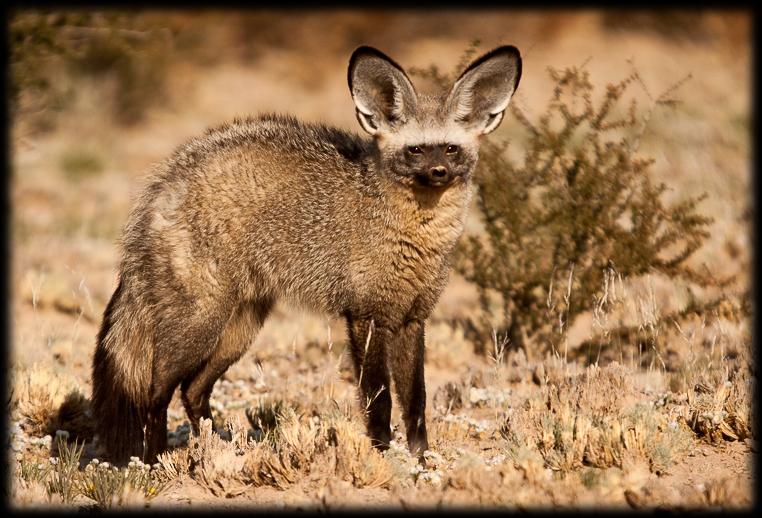
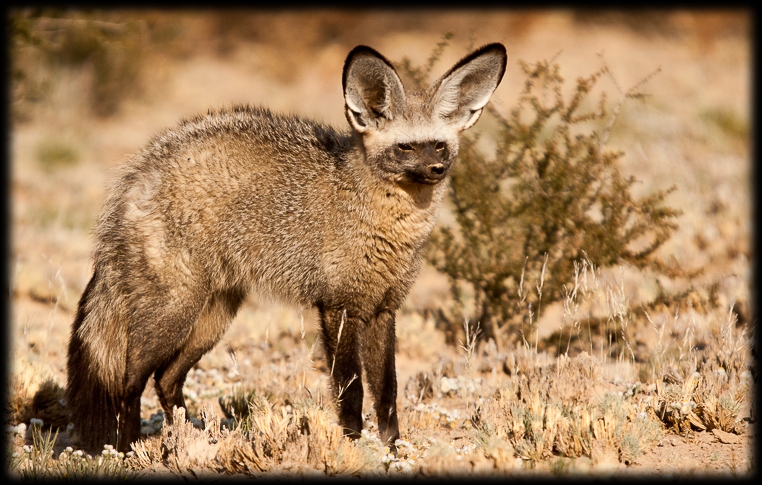
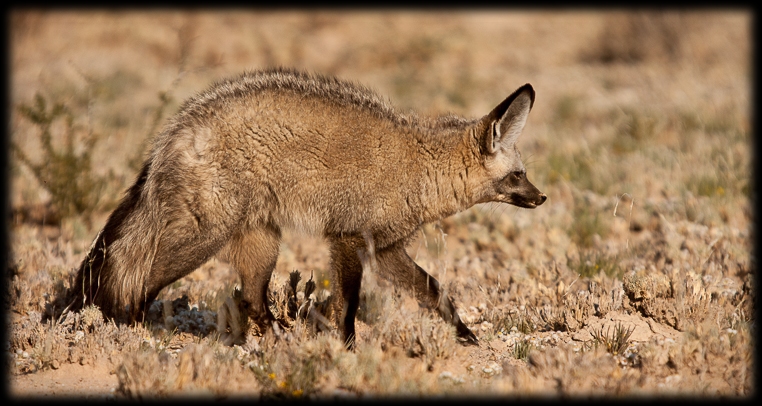
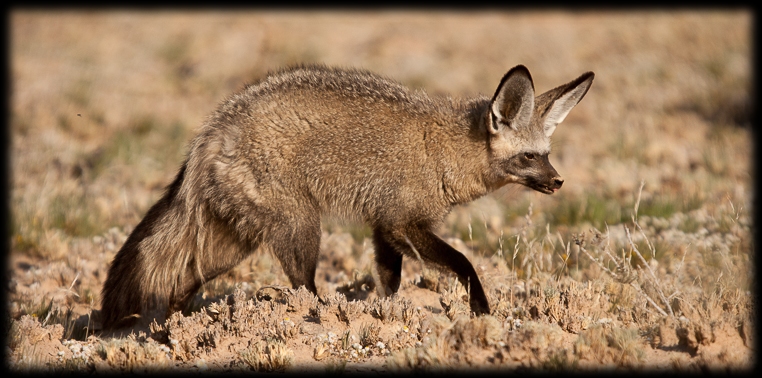
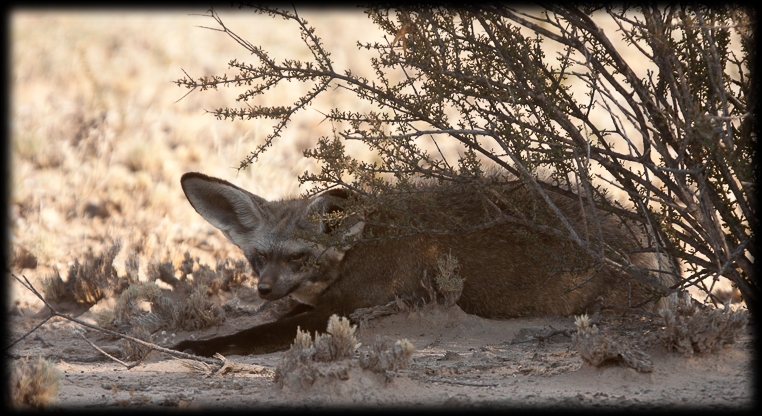
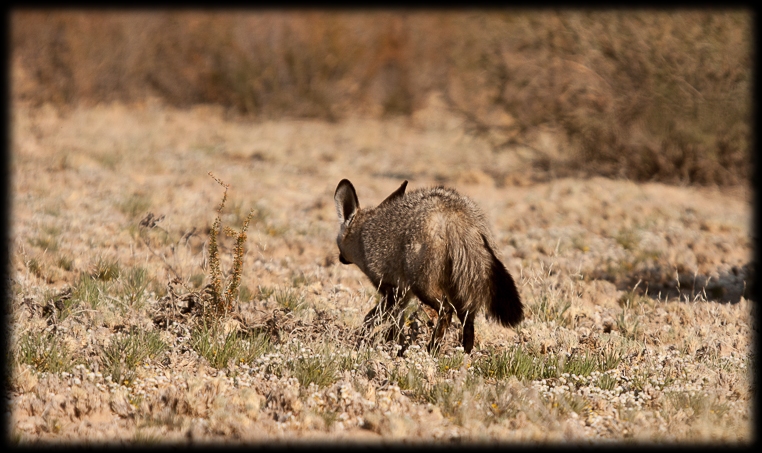
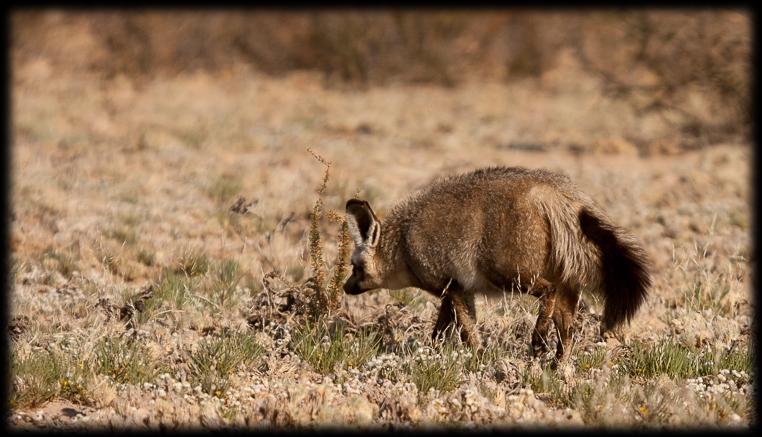
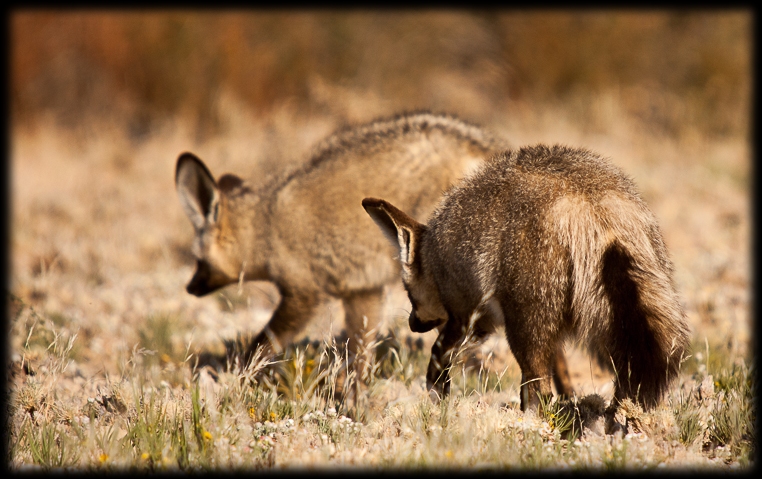
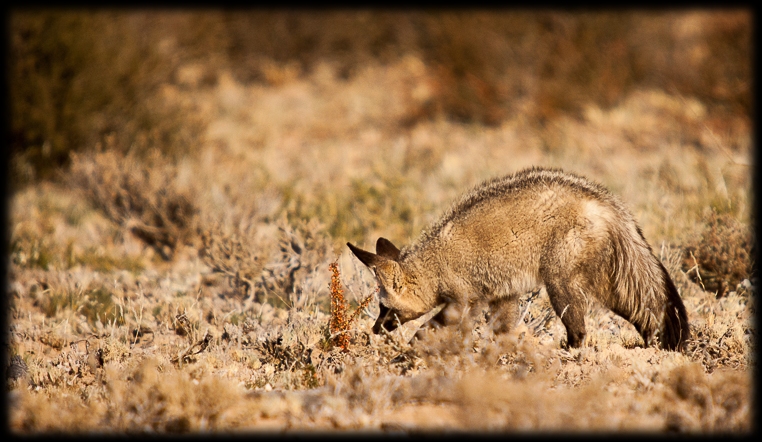
The reason I have posted a good few photo's of the BEF is that it was the only ones we saw in the entire 25 day trip and after speaking to other visitors they have proved to be few and far between this year.
Re: Extended KTP Trip oct 2013
Posted: Tue Mar 25, 2014 7:00 am
by Kesheshe
Re: Extended KTP Trip oct 2013
Posted: Tue Mar 25, 2014 7:09 am
by Kesheshe
Day 6 - 8th October (Continued)
On our drive north the waterholes got quieter as it was starting to heat up. We did manage to catch.
Namaqua Sandgrouse
Breeding takes place at any time of the year and is dependant on rainfall. Usually the nests are solitary but sometimes several pairs of birds choose sites near each other. The nest is a scrape in the earth, scantily lined with dried plant material. Two or three pinkish-grey eggs with brown markings are laid over the course of a few days. Incubation starts after the last egg has been laid and lasts about 22 days. The female does the incubation by day and the male does a longer shift at night, starting about two hours before sunset and finishing two hours after dawn. The chicks are precocial and able to leave the nest on the day they are hatched. The male brings them water absorbed on the specially adapted feathers of his breast. The chicks grow rapidly; they are fully feathered at three weeks and able to fly at six.
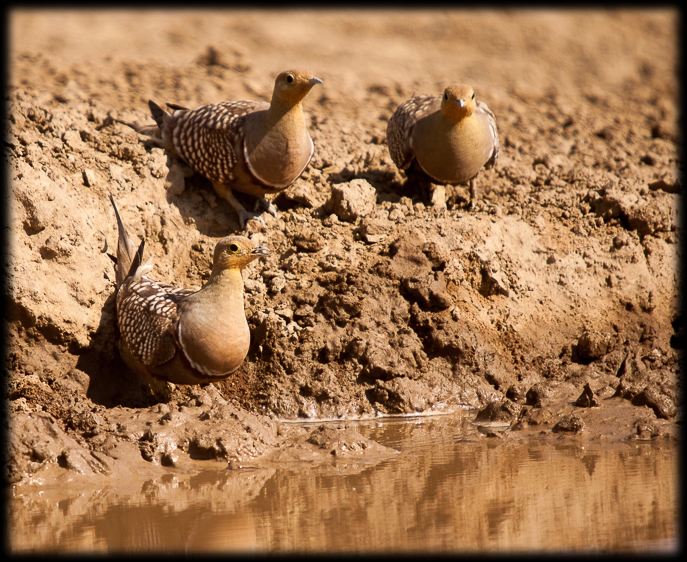
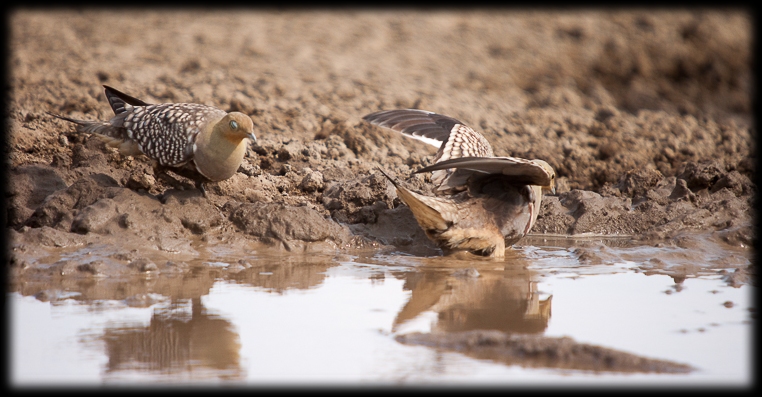
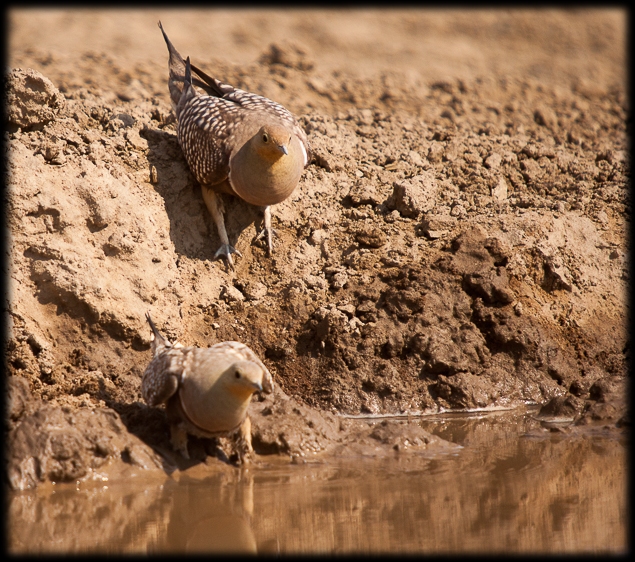
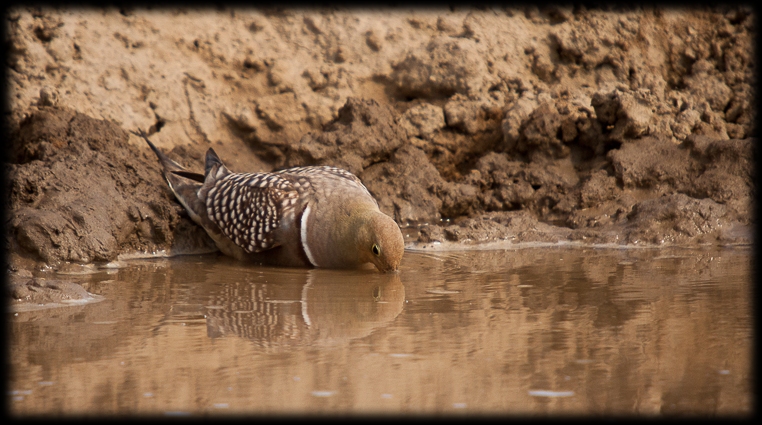 Blue Headed/throated Agama
Blue Headed/throated Agama
Males: Tend to be bigger than the females, with a large head and a broad yellow/green vertebral stripe, their main colouration being a grey/brown. They display a Blue head during breeding season, when feeding and at the hottest parts of the day. Male Atricollis have large teeth at the jaw apex this helps them to chew bigger prey. You can search for many pictures of them online showing complete body colouring they rarely reach this in captivity but do still have some fantastic colours. Their colours change very quickly due to their scaling. A full size adult male will be around the 15 inches head to tail, the tail making up more than half of the total length. Nose to vent in an adult male being 5-6 inches.
Females: They tend to be an olive colour with black marbling, the patterning on their backs being very distinctive. They also display, mainly when gravid, two series of orange to yellow dorsal spots.
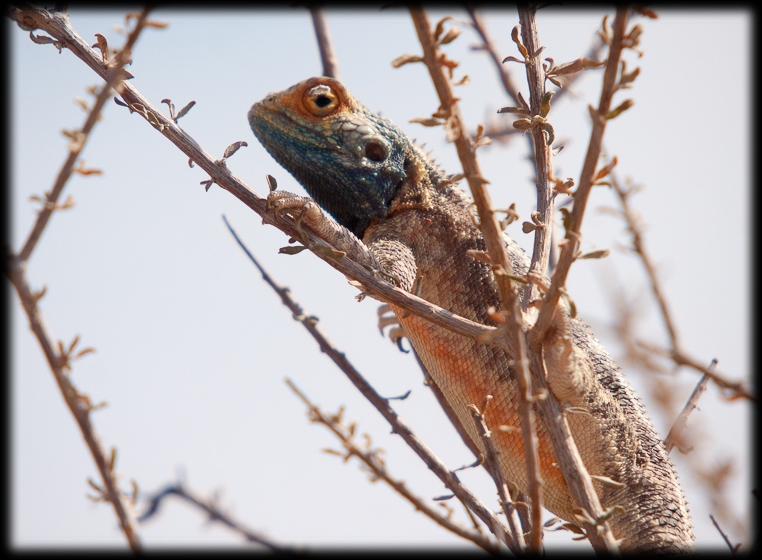
We are now near Lijersdraai and SO turns to me and says wonder what if anything we will see today.
Re: Extended KTP Trip oct 2013
Posted: Tue Mar 25, 2014 7:38 am
by Kesheshe
correction on the Agama it is a Ground Agama Agama aculeate so I do not confuse anyone.
thank you Toko
Re: Extended KTP Trip oct 2013
Posted: Tue Mar 25, 2014 10:38 am
by Flutterby
The foxes and squirrels are very cute!!


Re: Extended KTP Trip oct 2013
Posted: Tue Mar 25, 2014 12:31 pm
by harrys
Re: Extended KTP Trip oct 2013
Posted: Tue Mar 25, 2014 1:46 pm
by Lisbeth
Re: Extended KTP Trip oct 2013
Posted: Tue Mar 25, 2014 5:49 pm
by Mel
Quality photos.

And I still enjoy reading the info.
















